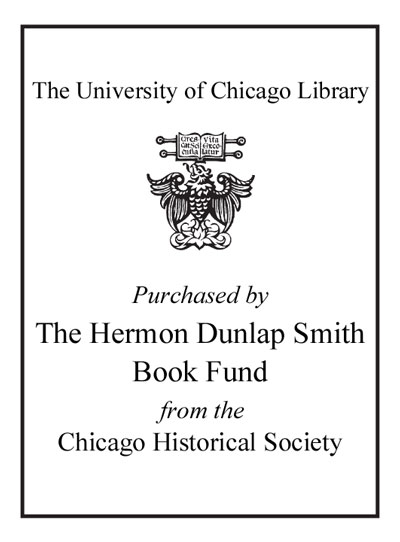Review by Library Journal Review
This book, which has a foreword by Sister Helen Prejean, is a strong and graphic condemnation of capital punishment in America. Sinclair, now an award-winning journalist, spent 40 years in the Louisiana prison system, part of it on death row, for a shooting in a botched robbery. His sentence was commuted in 1972 under Furman v. Georgia, and he was released in 2006 to continue his life as a writer and opponent of the death penalty. The first chapter gives graphic details about methods of execution. It is followed by a chapter, "The Cocktail," which discusses lethal injection. In the next 12 chapters, Sinclair discusses cases of innocence, DNA exoneration, child rape, youth violence, killers of women, and corruption in Louisiana's criminal justice system. His graphic details may be disturbing to some, but this is exactly what Sinclair wants. He brings home in no uncertain terms the horrors as well as the capricious and arbitrary nature of the death penalty. An informative source for anyone interested in criminal justice.-Frances Sandiford, formerly with Green Haven Correctional Facility Lib., Stormville, NY (c) Copyright 2010. Library Journals LLC, a wholly owned subsidiary of Media Source, Inc. No redistribution permitted.
(c) Copyright Library Journals LLC, a wholly owned subsidiary of Media Source, Inc. No redistribution permitted.
Review by Library Journal Review

